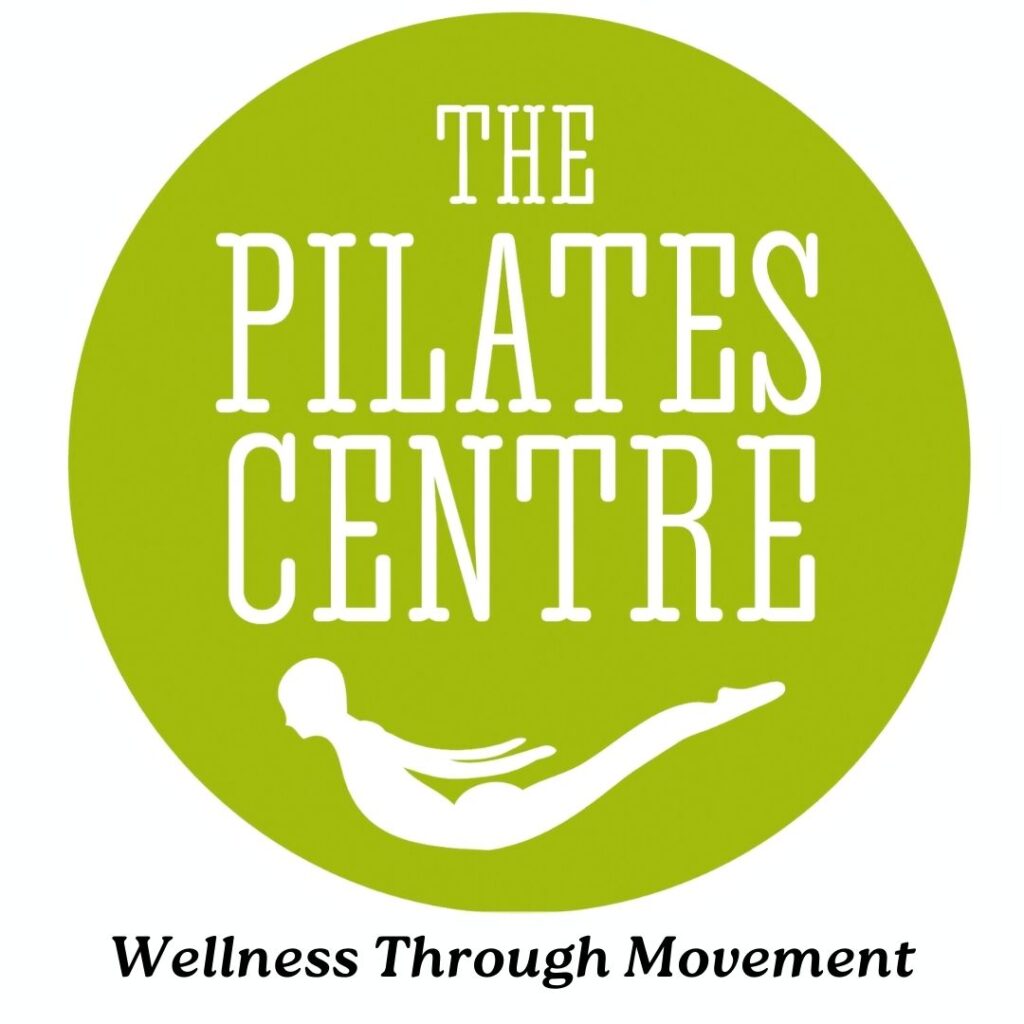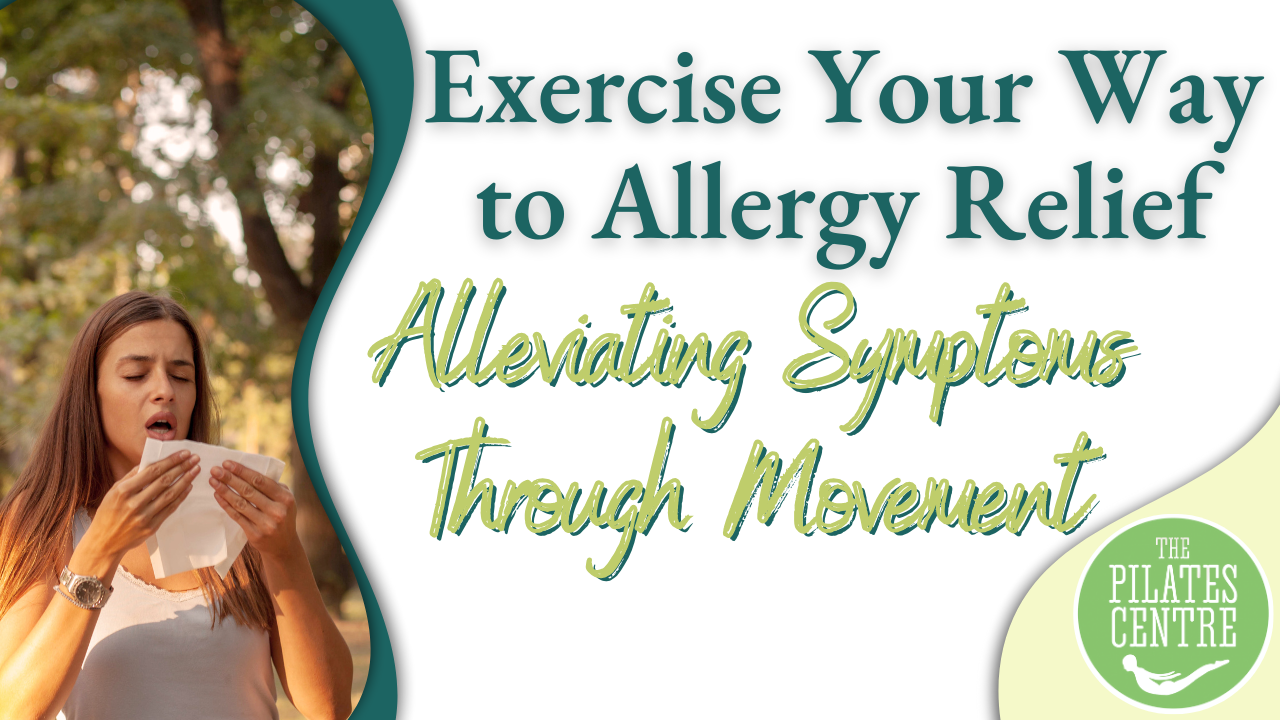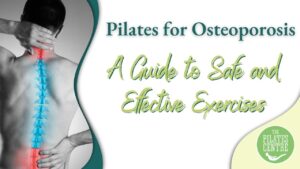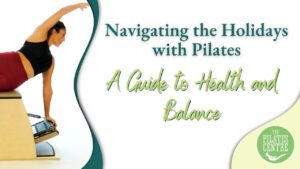Introduction
As September unfolds and the seasons transition, many of us revel in the beauty of autumn’s changing colors. However, for millions of people, this time of year signifies the onset of seasonal allergies, particularly hay fever, bringing with it the familiar symptoms of runny noses, coughs, itchy eyes, and skin. Traditionally, we combat these symptoms with antihistamines, allergy shots, or by avoiding places with high pollen counts.
Yet, among the myriad options available to those suffering from severe allergies, one method that often goes overlooked is exercise, specifically, Pilates. Whether you’re following a gentle daily workout routine at home or frequenting the gym, moving your body can potentially prevent a harsh reaction to allergens and reduce the discomfort associated with allergies.
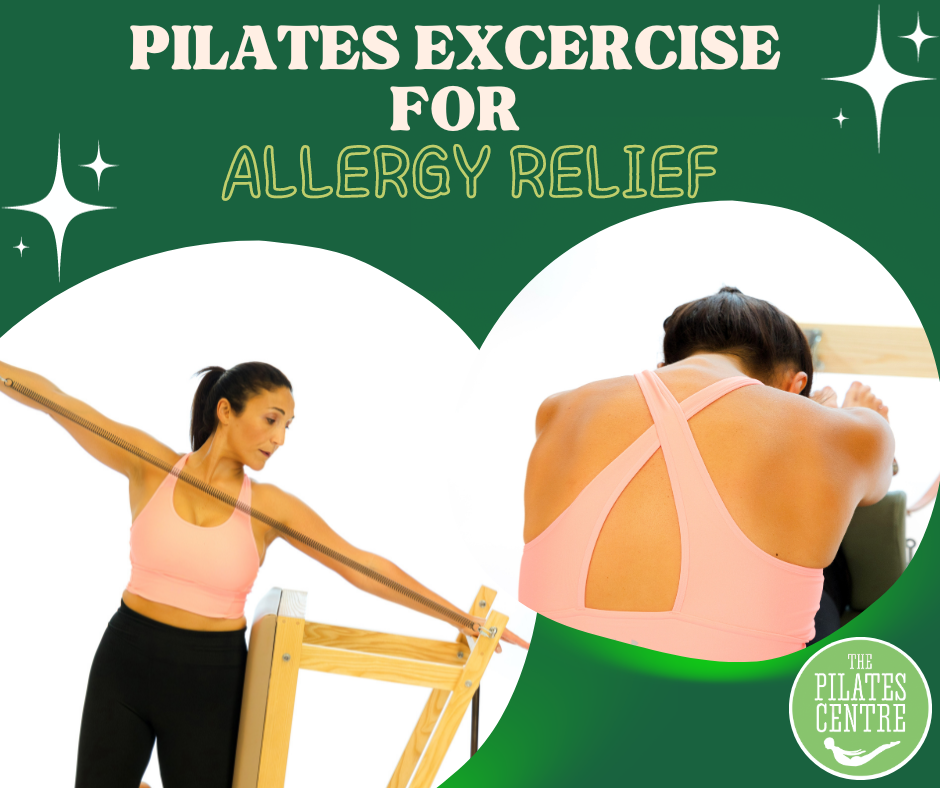
The Connection Between Pilates and Allergies
You might be wondering, “How does Pilates relate to allergies, and can it genuinely alleviate symptoms?” The answer is a resounding yes. While Pilates won’t make allergies disappear entirely, it can significantly reduce their impact on most individuals.
Engaging in Pilates sessions promotes improved blood flow, facilitating the swift removal of allergens from your body and decreasing inflammation caused by these irritants. Incorporating stretching and warm-up exercises can further enhance these benefits, providing much-needed relief from allergy symptoms.
The Best Pilates Exercises for Allergy Relief
Simple, gentle Pilates exercises that get your blood pumping can effectively relieve allergy symptoms. However, remember that overdoing physical activity might worsen symptoms, so moderation is key. It’s also essential to note that taking antihistamines, a decongestant, or using saline spray or a Neti Pot before your Pilates session can enhance nose-breathing, helping to filter the air you breathe and prevent a dry throat.
When it comes to Pilates, exercises that emphasize proper breathing techniques are especially valuable for allergy reduction. Pilates, with its focus on breath control and precise movements, can significantly improve your ability to manage allergies. In contrast, lengthy cardio workouts may trigger symptoms, while resistance training and stop-and-go exercises are more allergy-friendly.
For individuals particularly sensitive to allergens, it’s advisable to choose indoor Pilates sessions or exercise during times when mold or pollen levels are lower.
Say Goodbye to Allergy Misery with Pilates
If you’re tired of relying on a multitude of allergy medications or find allergy shots too costly, consider incorporating Pilates into your routine. Pilates can be a holistic approach to managing your allergy symptoms, allowing you to embrace the beauty of each changing season without the constant discomfort of sneezing and sniffling.
Understanding Hay Fever
As we delve deeper into the realm of allergies and Pilates, let’s take a closer look at one of the most common culprits – hay fever. Also known as Allergic Rhinitis in medical terms, this seasonal allergy can strike at any time of year, not just in spring and summer.
Hay fever is the body’s response to fine, lightweight pollen particles from trees, shrubs, plants, or grass. Instead of ignoring these particles, the immune system identifies them as threats and springs into action, producing antibodies and histamine. The result? A cascade of effects meant to protect the body, including swelling, dilated blood vessels, and lowered blood pressure.
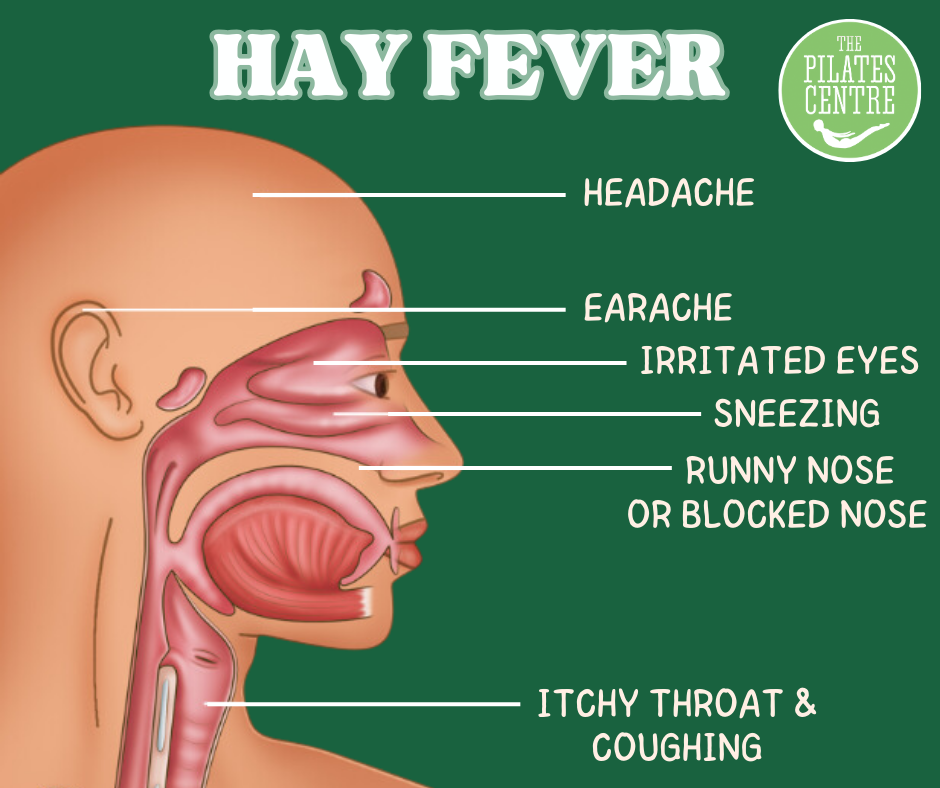
Navigating Pollen Seasons
In the United Kingdom, the hay fever season spans from late March to September, further divided into tree pollen (late March to mid-May), grass pollen (mid-May to July), and weed pollen (late June to September). Approximately 25% of UK hay fever sufferers are sensitive to tree pollen, experiencing symptoms early in the year.
For many newcomers to hay fever, these symptoms can initially be mistaken for a common cold or sinus infection. Most individuals are allergic to a specific type of pollen, but some unlucky ones react to two or even all three varieties.
Recognizing Hay Fever Symptoms
The immune response triggered by pollen leads to classic hay fever symptoms, including nasal congestion, post-nasal drip, sneezing, a runny nose, itchy, watery eyes, scratchy throat, decreased concentration, fatigue, reduced sense of smell, mood swings, and more. In severe cases, hay fever can even exacerbate conditions like asthma, hives, eczema, and middle ear infections.
Who Falls Victim to Hay Fever
Hay fever doesn’t discriminate – it can affect anyone, regardless of age or background. Childhood is the most common time for diagnosis, but some people may develop symptoms later in life. Environmental factors, such as flora types and pollution, can influence the severity of symptoms. Symptoms often worsen in rural areas and improve near the coast.
Identifying Risk Factors
Certain factors can intensify seasonal allergy symptoms, including asthma, unmanaged stress, deviated septum, nasal polyps, recent illness or trauma, pregnancy, food allergies, and chronic insomnia. Stress, in particular, plays a significant role, as poorly managed stress can exacerbate or even cause allergy symptoms.
The good news is that once stress is properly managed, symptoms typically improve. Pregnant women, including those who have never experienced allergies before, may also be more susceptible to hay fever and allergic rhinitis symptoms.
Complications of Hay Fever
Pollen can trigger allergy-induced asthma, resulting in wheezing, shortness of breath, chest tightness, coughing, and difficulty breathing. In young children, a persistent cough can be the first and only sign of asthma.
Treatment Approaches
Addressing seasonal allergy symptoms requires a multi-faceted approach, encompassing both medication and lifestyle changes.
Medications: Commonly used medications include antihistamines, nasal sprays (ranging from decongestants to prescription corticosteroid sprays), and antihistamine eye drops. These medications can have side effects, including drowsiness, impaired performance, dryness, restlessness, and more. Children may experience nightmares, over-excitability, and upset stomach as side effects.
If over-the-counter treatments are insufficient, consulting with your GP for a blood test to identify specific triggers and create a tailored treatment plan is advisable.
Self-Help Tips
In addition to medication, there are several self-help measures you can take to manage or alleviate hay fever symptoms:
- Change clothes immediately upon returning home during pollen season.
- Shake coats outdoors before wearing them, wearing a mask when doing so, if possible.
- Shower before bedtime to remove pollen from your skin and hair.
- Invest in wraparound-style sunglasses for maximum protection against pollen.
- Keep bed linens and clothing freshly laundered to reduce exposure to allergens.
- Replace carpeted areas with hard-surfaced flooring.
- Declutter your bedroom to reduce dust and allergen buildup.
- Stay informed about pollen levels by checking weather forecasts, limiting outdoor exposure on high pollen count or windy days.
- Consider wearing a mask outdoors for added protection.
- Regularly bathe or clean pets that spend time outdoors.
- Quit smoking, as cigarette smoke can worsen allergy symptoms.
- Include spicy foods like chili peppers in your diet to widen airways and make breathing easier.
- Explore anti-inflammatory foods like turmeric, known to alleviate symptoms.
- Be mindful
Disclaimer
Please remember that the information provided in this blog is for guidance purposes only. It should not replace professional medical advice, diagnosis, or treatment from a qualified healthcare professional. Always consult your healthcare provider for personalized advice and treatment options tailored to your specific needs.
ABOUT THE AUTHOR

John McCallum
is an esteemed, Fully Certified Comprehensive Classical Pilates Teacher and takes immense pride as the proprietor of the distinguished Pilates Centre located in Jalon, Spain. His remarkable journey in the realm of Pilates commenced back in 2006, a pivotal juncture when he confronted the diagnosis of three slipped discs in his lower back. Pilates emerged as a beacon of profound hope and rejuvenation in his life. Instead of succumbing to the prospect of surgical intervention, Pilates gracefully assumed the role of his lifeline.
This transformative experience impelled him to make a resolute decision that would reshape his life’s trajectory. Following his journey to become a Pilates Teacher, he passionately extended the benefits he had personally garnered to those in need. This also took him to travel to other countries to continue to learn and have a fuller understanding of the method.
Fueled by an unwavering passion for Pilates, he has forged a dynamic collaboration with a reputable research institution. This strategic alliance enables him to deliver precise and illuminating insights, fostering support and empowerment for individuals interested in the power of this method. His literary contributions have garnered distinction within an array of esteemed global publications.
